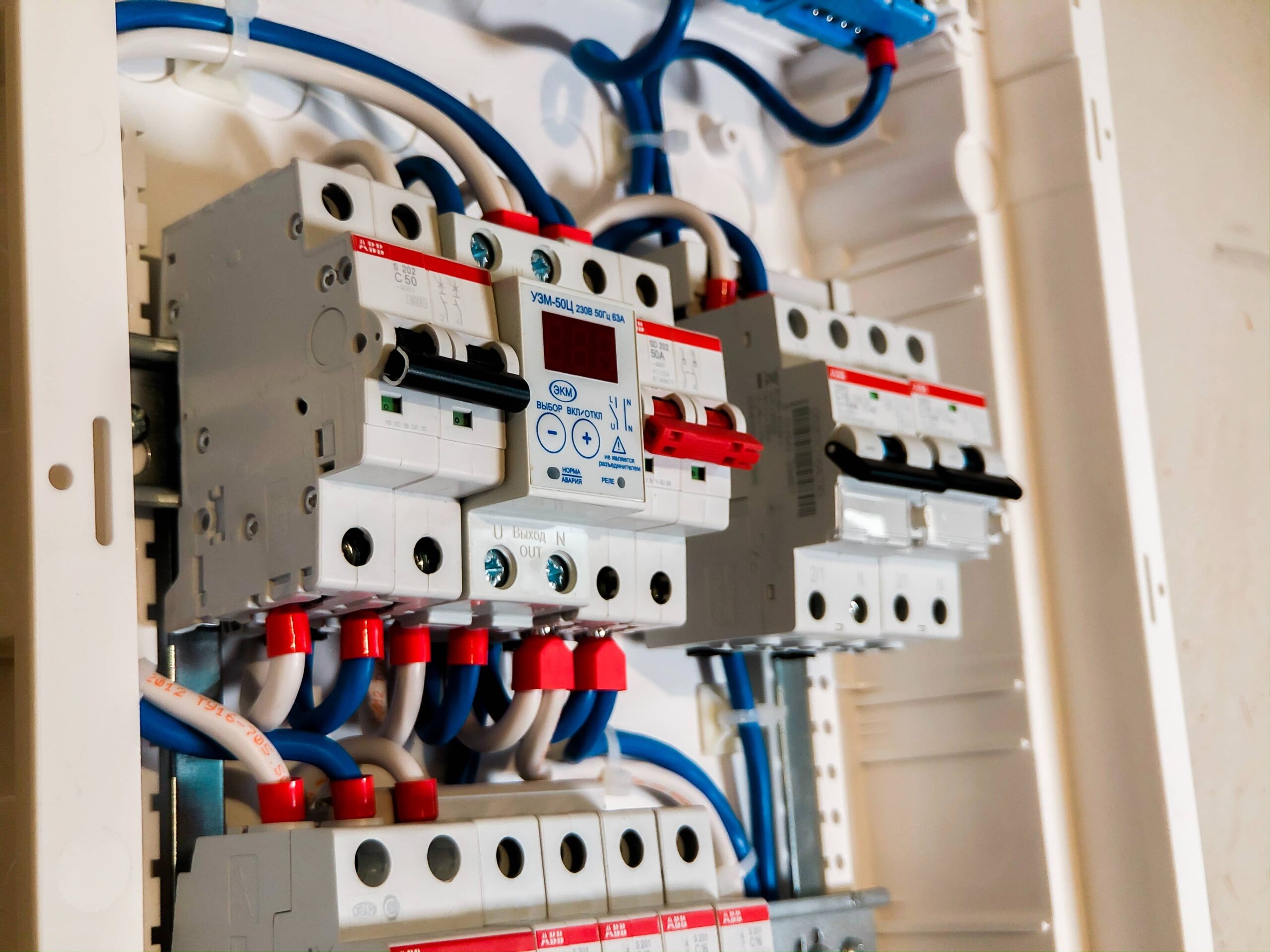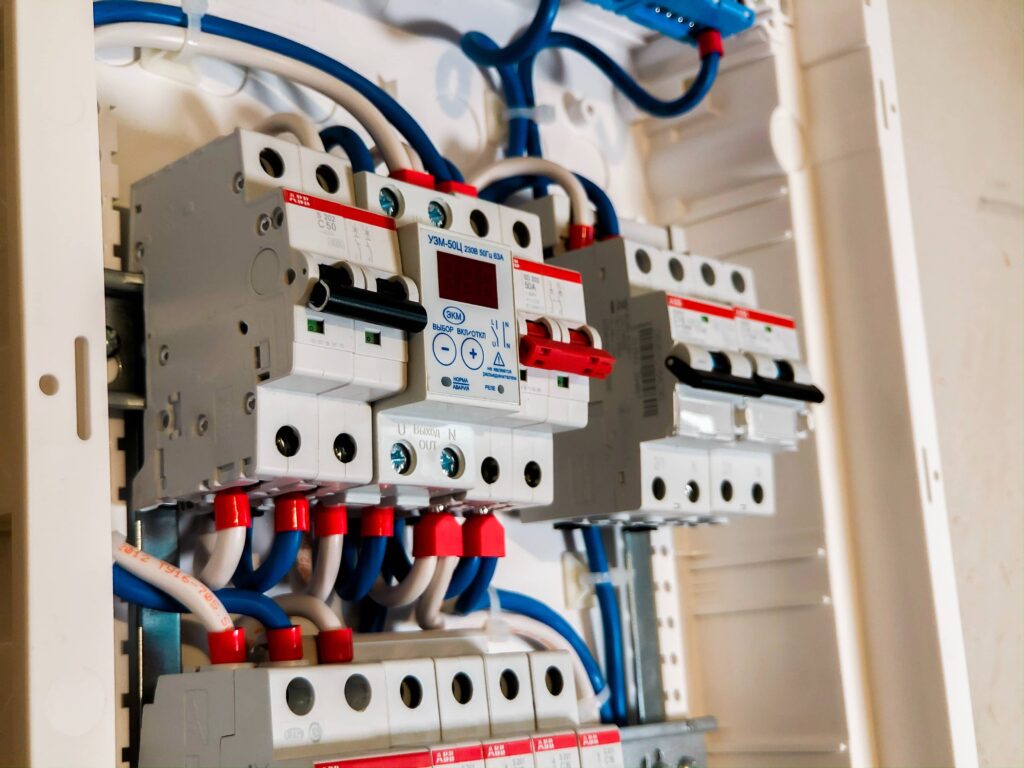
We deliver the best service
Most streetlights are powered by high-voltage AC mains, but solar-powered lamps may use rechargeable batteries. Lighting at a bus stop is one example of a solar-powered streetlight; typically, there is a shelter to protect against the elements with lighting inside; the solar panel can be mounted on the shelter roof.
- Streetlights have a power range of 25-250 W, with 100 W being the most common. For safety reasons, LEDs must be isolated from the AC mains in some cases.
- Traditional streetlights are expensive due to the wiring required to connect them to a power supply. This is true not only for remote areas with long distance connectivity, but also for urban areas with limited space and costly road pavement. Solar-powered streetlights have become more affordable as a result of new ultra-efficient LED technology.

The falling prices of solar modules are influencing a significant increase in public solar lighting. Light output typically ranges from 500 to 5000 lumens (lm). As a result, an electrical power of 5-50 W is required. The light does not have to be turned on all night if a motion sensor or a timer is used. This means that daily energy consumption will range from a few tens of Watt-hours to a maximum of one kilo Watt-hour. Normally, energy consumption is quite predictable. In rare cases, a solar/wind hybrid system is used to generate electricity.
Have any questions? Call us today!
(0) 700 750 906

